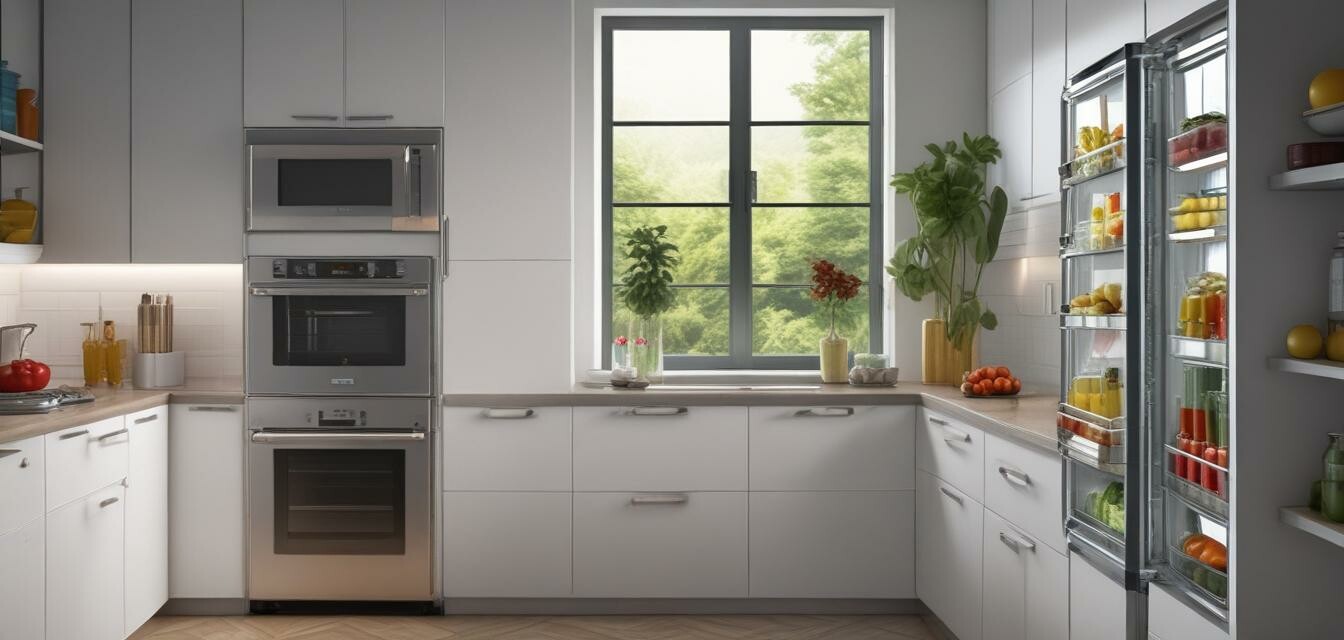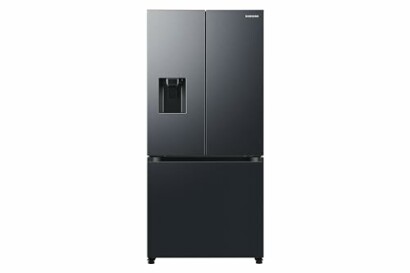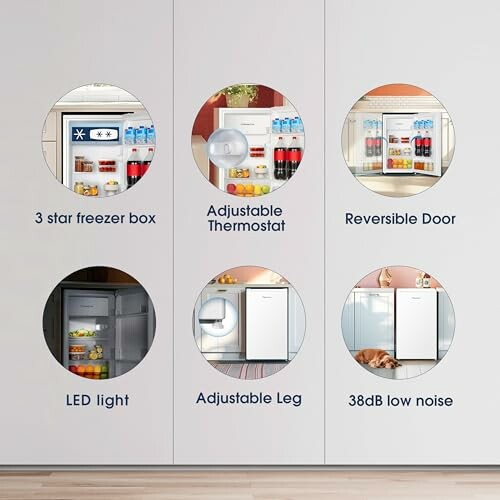
7 Ways to Save Energy with Your Refrigerator
Key Takeaways
- Regular maintenance enhances efficiency.
- Proper organization prevents energy waste.
- Update old models for better energy ratings.
- Utilize energy-saving settings to reduce consumption.
- Monitor temperatures to ensure optimal performance.
Your refrigerator is one of the largest energy consumers in your home, but there are several techniques to enhance its energy efficiency and reduce your electricity bills. In this article, we’ll explore seven effective ways to save energy with your refrigerator, maximizing its performance while keeping your food fresh and your bills low.
1. Maintain Your Refrigerator Regularly
Regular maintenance is key to keeping your refrigerator running efficiently. Schedule the following tasks:
- Clean the condenser coils every 6 months.
- Check and replace door seals if necessary.
- Defrost if frost build-up exceeds ¼ inch.
2. Optimize Your Refrigerator Temperature
Setting your refrigerator at the optimal temperature is crucial. Keep your fridge at:
- 38°F (3°C) for the refrigerator compartment.
- 0°F (-18°C) for the freezer.
This not only preserves the freshness of your food but also prevents excessive energy consumption.
3. Organize Items for Efficiency
Proper organization can significantly reduce the time the fridge door is open, leading to less energy usage:
- Group similar items together for quick access.
- Place frequently used items at the front.
- Avoid overcrowding to allow proper air circulation.
4. Invest in Energy-Efficient Models
If your refrigerator is several years old, consider upgrading to a more modern, energy-efficient model. For instance, Samsung Series 7 French Style Fridge Freezer offers innovative energy-saving features:
Samsung Series 7 French Style Fridge Freezer
Featuring SpaceMax™ and Twin Cooling Plus™ technology, this fridge maximizes space while minimizing energy consumption.
Learn More5. Use Power-Saving Features
Many modern refrigerators come with built-in power-saving features. Always utilize these settings:
- AI Energy Mode: Automatically adjusts power based on usage.
- Eco-friendly settings: Reduces energy consumption during low-demand periods.
6. Verify Door Seals
Faulty or worn seals can lead to cold air escaping, increasing energy use. To check the seals:
- Perform the “dollar bill test”: Close the fridge door on a dollar bill; it should be slightly resistant to pull out.
- Replace seals that appear cracked or damaged.
7. Consider Regular Defrosting
Frost build-up can decrease efficiency. Make it a habit to:
- Manually defrost when frost exceeds ¼ inch.
- Ensure frost-free refrigerators maintain optimal temperature control.
Conclusion
By implementing these seven efficient practices, you will not only optimize the performance of your refrigerator but also make strides toward conserving energy and reducing electricity costs. If considering an appliance upgrade, check out Fridgemaster MUR4894E Under Counter Fridge, designed for efficiency and compact space.
Fridgemaster MUR4894E Under Counter Fridge
Compact design and energy-efficient features, perfect for small kitchens and enhancing your energy savings.
Explore NowAdditional Resources
To further your knowledge on energy-saving appliances, be sure to explore our other informative articles:


